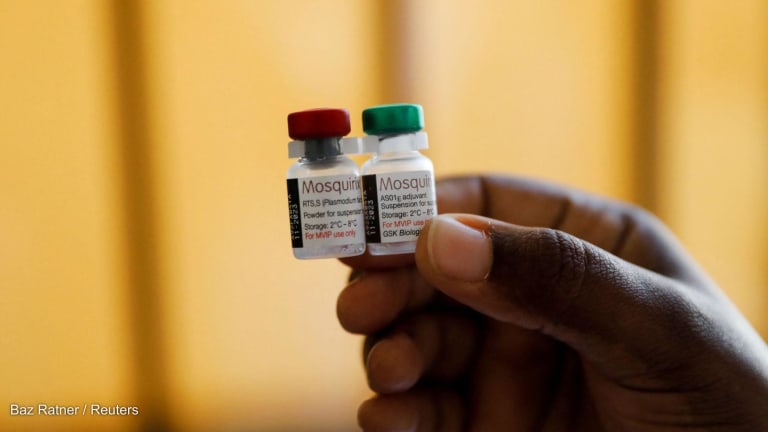
For every 1,000 live births, Bangladesh saw 144 of its children die before the age of 5. That was in 1990. By 2012, the number was down to 41.
Such a trend is not unique to the Asian country. Around the globe, child mortality rates are dropping — though not as staggering as that of Bangladesh — thanks to investments and partnerships among governments, investors, aid groups and other stakeholders.
“The data show that tremendous progress has been made during the past few decades” in improving the well-being of children, including reducing under-5 mortality rates, according to UNICEF’s The State of the World’s Children 2014 report released recently.
The report notes that some 90 million children would have lost their lives before their fifth birthday if mortality rates remained at their 1990 level.
That said, many countries are still not near the goal of reducing the number of under-5 deaths by two-thirds come 2015. A majority of them are located in Africa.

Take note of Niger, though. While it is one of the countries with the highest child mortality rates, it is also among the least-developed countries that have made the most gains in cutting down under-5 deaths.

Meeting Millennium Development Goal targets on child health by 2015 will require not only continued investments in systems change but it may also necessitate innovative new interventions. Here at Devex, we’ve highlighted several innovations meant to prevent child deaths, such as:
A pouch that keeps antiretrovirals stable for 12 months, allowing the drugs to be stored and administered when needed such as during the second trimester of pregnancy and after a home birth delivery. Read more about Pratt Pouch.
A disposable silicone device designed as a low-cost, safe and effective way to administer medication or nutrients to breastfeeding babies, especially those at risk of infection such as HIV. Read more about JustMilk nipple shield.
A low-cost device to help newborns suffering from suffering from respiratory distress. Read more about bubble continuous positive airway pressure.
An approach using mobile phones to help boost the availability of health products locally, a factor seen as critical to help children especially in hard-to-reach areas survive and thrive. Read more about the Supply Chains for Community Case Management project in Malawi.
Read our previous #innov8aid.






